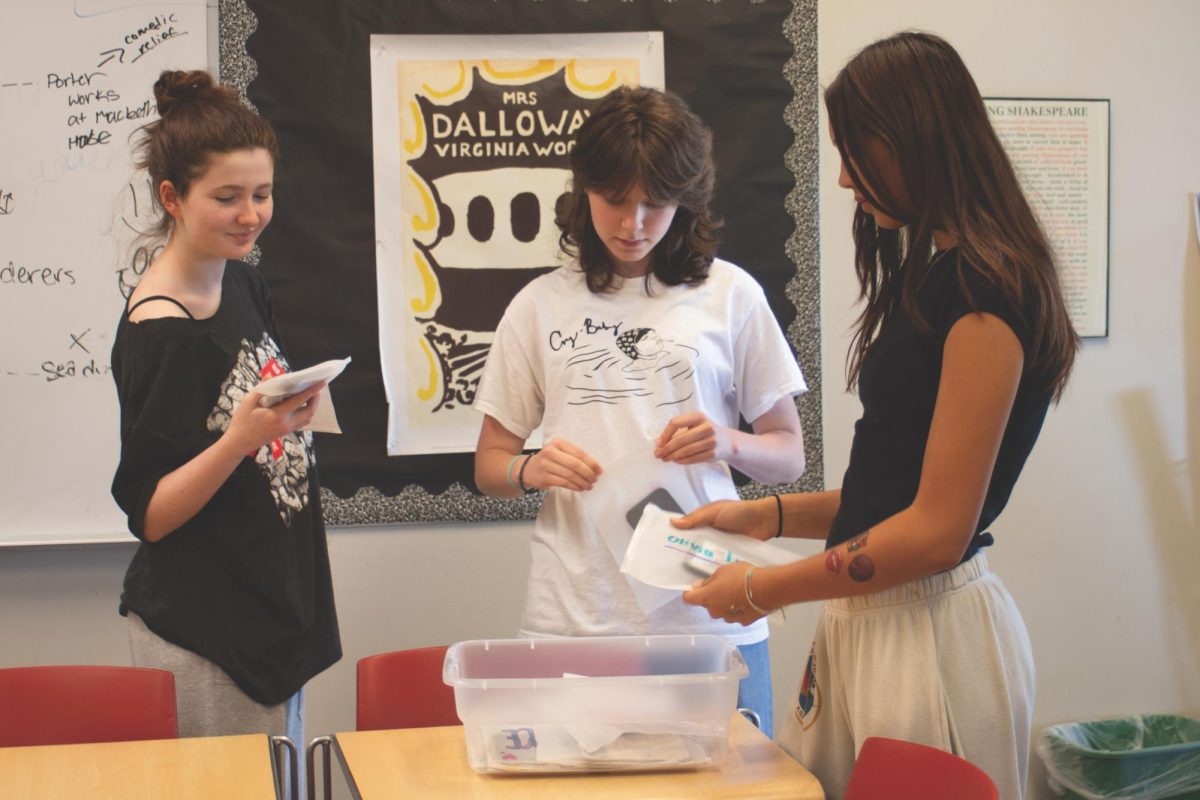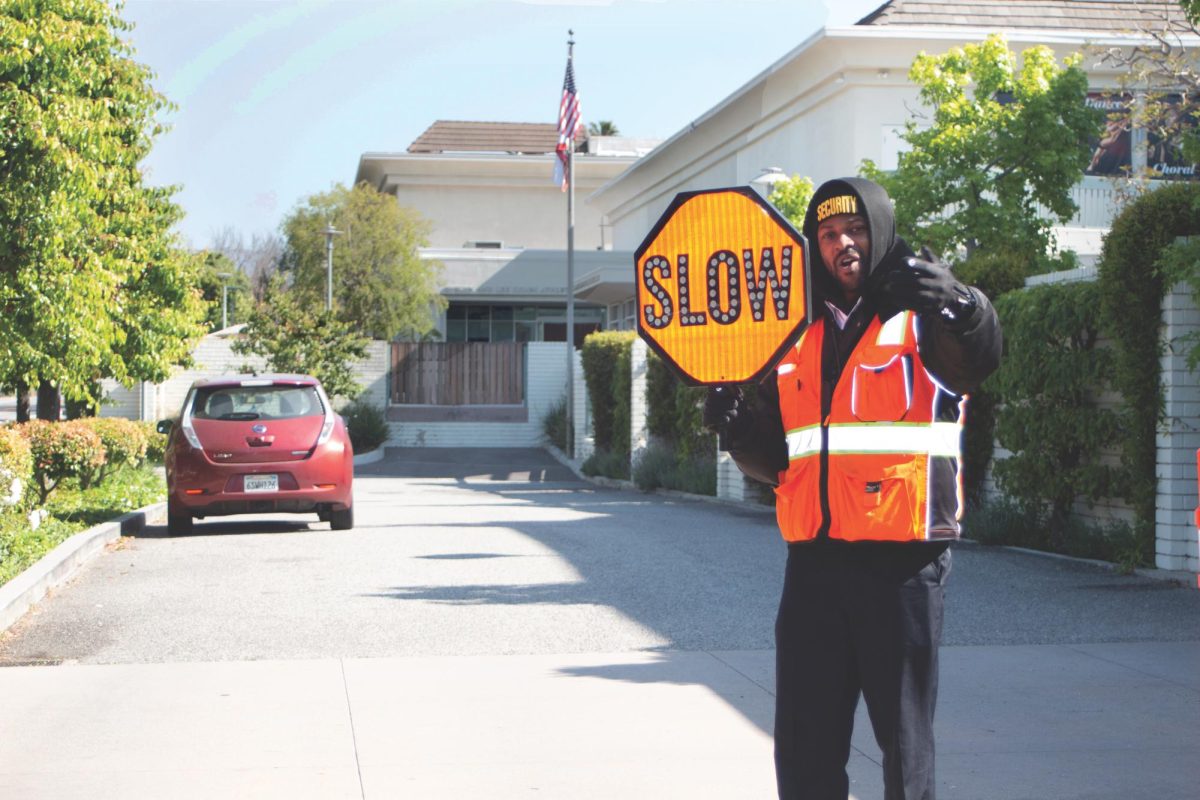
Having endured two weeks of quarantine-era classes, I must say, I’m pleased by the sense of productivity that distance learning has allowed me to maintain. Contrary to my initial concerns, I never felt completely isolated, nor did my motivation fade within minutes of changing out of my uniform and into my sweatpants.
In fact, I am pleasantly surprised by how fulfilling most of my classes remain, mainly due to the School’s implementation of synchronous learning, rather than asynchronous. Synchronous learning involves live classes via video chat instead of pre-recorded lessons and class assignments. It is inevitably more conducive to social interaction and growth, and has several benefits pertaining to students’ physical and mental health. It is also the best method for maintaining productivity and efficient learning during our time spent social distancing.
For starters, providing structure through live virtual classes from a relatively early hour reinforces motivation and therefore performance. Left to my own devices, I can’t say I would willingly wake up before 9 a.m. at all, let alone to do asynchronous class work by myself for several hours. Having reliable, scheduled class meetings ensures that students have incentives to not only get out of bed in the morning, but to be active in their education during regular school hours.
“Synchronous learning involves live classes via video chat instead of pre-recorded lessons and class assignments. It is inevitably more conducive to social interaction and growth, and has several benefits pertaining to students’ physical and mental health.”
Some may argue that given teenagers’ delayed biological clocks, having the freedom to sleep through the morning would be the one silver lining of this unexpected change in schedule. However, lacking any sort of structure for the entirety of quarantine would cause more harm than good, especially since getting plenty of rest following sleep deprivation can restore one’s natural sleep pattern within just a few days, not months.
Virtual classes already start half an hour later than our regular schedule did, and we no longer lose sleep to our various commutes, either. Having to drag ourselves out of bed for a live class might seem inconvenient in the moment, but over time it has provided us with the motivation and structure needed to maintain a sense of purpose.
In addition, live classes are more effective and valuable thanks to students’ ability to ask questions. Two of the major components missing from pre-recorded, asynchronous lessons are the teachers’ ability to employ the Socratic method and the students’ opportunity to clear up confusion during class time. Engaging in question-based dialogue is a tried-and-true component of effective teaching, regardless of the subject matter. Forcing teachers to manipulate their lessons into one-sided lectures—confined to a single voice and perspective —unnecessarily disrupts our education when so many other aspects are out of our control during this time.
Giving students the opportunity to ask questions themselves is equally valuable, and is disrupted by one-way lectures that offer no space for interjections, nor for the niche tangents that make the classroom environment that much more engaging.
Some would counter that students still have the opportunity to ask questions with asynchronous learning, whether that be via email or during individual meetings and office hours. However, this argument discounts the significance of students learning from each others’ interests and challenges. When students are told to approach the learning process alone, there is no room left for the collaborative engagement that has always been so key to our uniquely small classroom communities.
Furthermore, not all students are equally likely to pursue external interactions with teachers or classmates when time is not specifically allocated for it. Having live classes gives us the perfect opportunity to contribute questions as they come to mind, rather than waiting to deliberate whether it’s worth emailing our teachers later on.
“In addition to improving performance and encouraging a healthy daily structure, synchronous learning is beneficial to students’ mental and social well-being”
In addition to improving performance and encouraging a healthy daily structure, synchronous learning is beneficial to students’ mental and social well-being. It is no secret that regularly engaging with others is vital to maintaining our mental health and social skills.
A report from the University of Texas at Austin indicates that social isolation is not only detrimental to one’s mental well-being, but that well-connected adults are also more likely to live longer, physically healthier lives than isolated ones. Leaving students to do both classwork and homework by themselves all day long hardly sounds conducive to remaining connected during this already stressful period.
Rather than increasing individuals’ workloads by reducing socialization, synchronous learning minimizes the amount of material that students are left to teach themselves, while also ensuring at least some social interaction with peers each day. Both effects are vital in preserving our deteriorating mental health and maintaining a sense of community when we cannot physically be together.
As a school where every student and teacher has access to technology in some form, we are privileged to have the opportunity to study with our friends and teachers in the midst of a devastating global health crisis. I’d encourage teachers to do their best to continue providing synchronous learning opportunities regularly, even if it’s not every class. And, as students, rather than mourn our inability to sleep until 10 a.m. or protest the lack of freedom that accompanies live, scheduled classes, I’d urge you to take advantage of its benefits.












